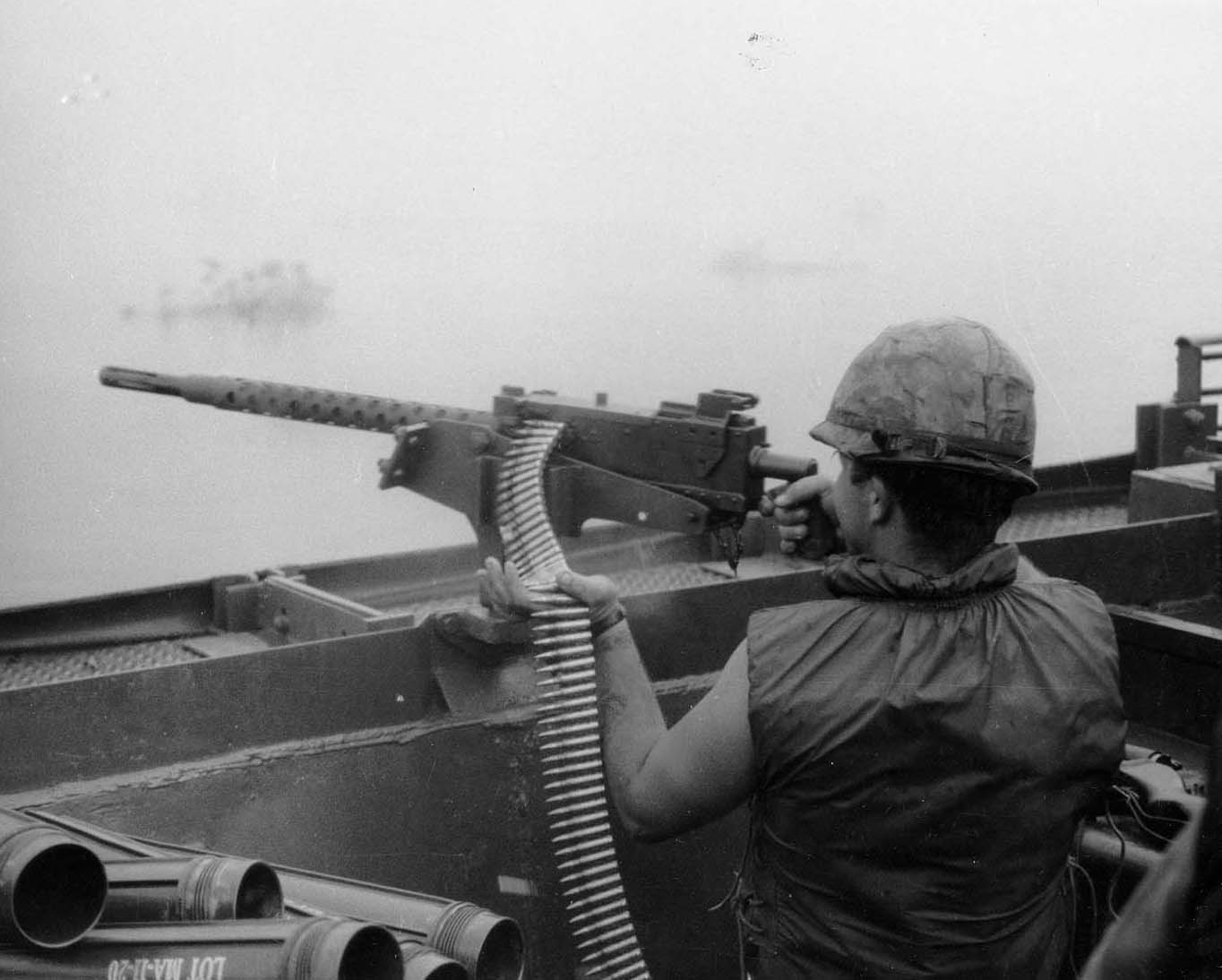M1 link on:
[Wikipedia]
[Google]
[Amazon]
 The M1 link, was the U.S. military designation for a steel
The M1 link, was the U.S. military designation for a steel
U.S. .30 Caliber M1 Linked Ammunition Belts By Charles Brown
{{ammo-stub Firearm components Ammunition
 The M1 link, was the U.S. military designation for a steel
The M1 link, was the U.S. military designation for a steel disintegrating link
upright=1.35, An M60 machine gun belt loaded with 7.62×51mm NATO cartridges, aboard a U.S. Navy">7.62×51mm_NATO.html" ;"title="M60 machine gun belt loaded with 7.62×51mm NATO">M60 machine gun belt loaded with 7.62×51mm NATO cartridges, aboar ...
designed for the M1917 Browning machine gun
The M1917 Browning machine gun is a heavy machine gun used by the United States armed forces in World War I, World War II, the Korean War, and the Vietnam War; it has also been used by other nations. It was a crew-served, belt-fed, water-cool ...
and M1919 Browning machine gun
The M1919 Browning is a .30 caliber medium machine gun that was widely used during the 20th century, especially during World War II, the Korean War, and the Vietnam War. The M1919 saw service as a light infantry, coaxial, mounted, aircraft, ...
, and the .30-06 Springfield
The .30-06 Springfield cartridge (pronounced "thirty- aught-six" ), 7.62×63mm in metric notation, and called the .30 Gov't '06 by Winchester, was introduced to the United States Army in 1906 and later standardized; it remained in military use ...
cartridge that they fired. A single round would hold two links together, and more could be added to make up a belt of any quantity of rounds, though for the mounted machine guns of the time, a belt of 250 rounds was most commonly used. As was the trend with American belt-fed firearms, as opposed to Soviet designs, belts of ammunition feed into the gun from the left side to the right.
The left side of a single link had a circular loop which would hold the main body of the cartridge case, and an extension on the right that formed two similar loops which was designed to fit in between the two right-side loops of the next link. The rear loop of the right side of the link would hold onto the cartridge case just below the shoulder, as would the left side loop, where the front loop of the left side of the link held onto the cartridge neck, and was therefore a bit smaller in diameter. This was designed so that the M1919 machine gun's extractor claw would take hold of the rim of the cartridge and pull it out of the linked belt from the rear, where it would then be fed into the chamber and would rest there until fired. The feeding pawl in the gun would pull the belt to the right as the gun was fired or cocked, sending the loose link out to the right side of the receiver, where the expended case was dropped vertically below the gun. This disintegrating system is a contrast to older canvas belts and other non-disintegrating metal link belts, although disintegrating-link types are almost universal in the present day, as the lower cost and lack of a loose, empty belt end to deal with are very attractive to the military.
M1 links were used during World War I
World War I (28 July 1914 11 November 1918), often abbreviated as WWI, was List of wars and anthropogenic disasters by death toll, one of the deadliest global conflicts in history. Belligerents included much of Europe, the Russian Empire, ...
, World War II
World War II or the Second World War, often abbreviated as WWII or WW2, was a world war that lasted from 1939 to 1945. It involved the World War II by country, vast majority of the world's countries—including all of the great power ...
, and the Korean War but were replaced in frontline service by the NATO M13 link
The M13 link, formally Link, Cartridge, Metallic Belt, 7.62mm, M13, is the U.S. military designation for a metallic disintegrating link specifically designed for ammunition belt-fed firearms and 7.62×51mm NATO rounds. It was introduced in the ...
developed for the M60 machine gun
The M60, officially the Machine Gun, Caliber 7.62 mm, M60, is a family of American general-purpose machine guns firing 7.62×51mm NATO cartridges from a disintegrating belt of M13 links. There are several types of ammunition approved fo ...
.
See also
*M13 link
The M13 link, formally Link, Cartridge, Metallic Belt, 7.62mm, M13, is the U.S. military designation for a metallic disintegrating link specifically designed for ammunition belt-fed firearms and 7.62×51mm NATO rounds. It was introduced in the ...
* M27 link
References
U.S. .30 Caliber M1 Linked Ammunition Belts By Charles Brown
{{ammo-stub Firearm components Ammunition